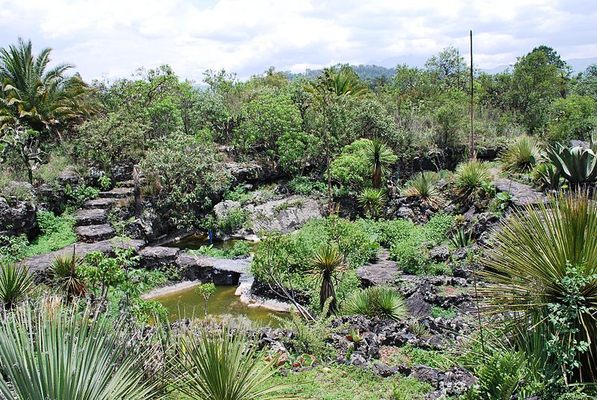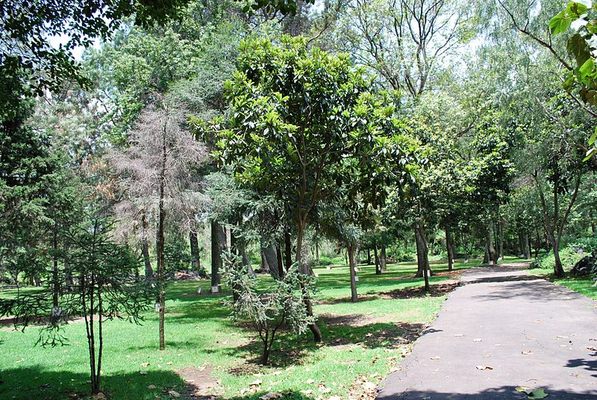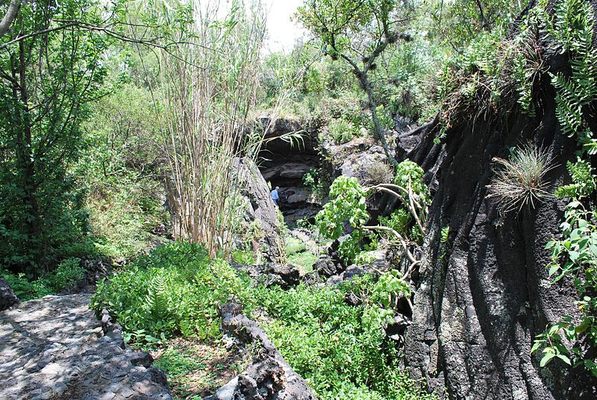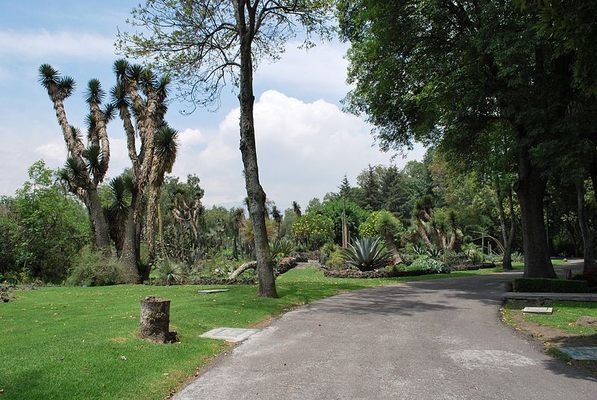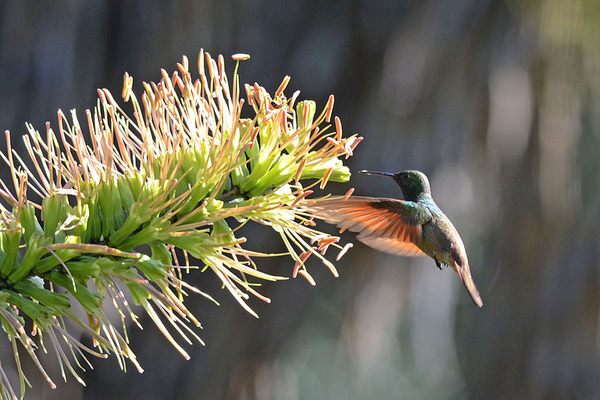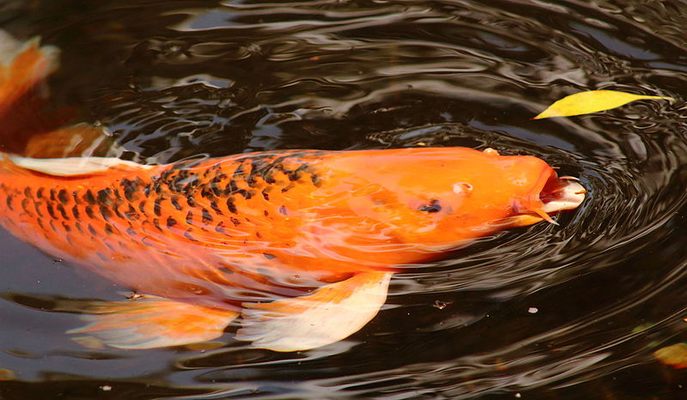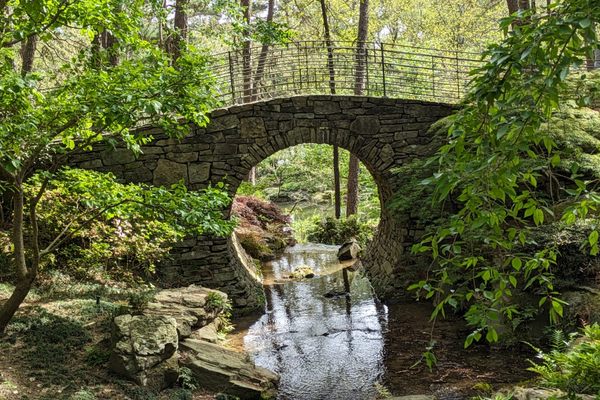About
The botanical garden at the National Autonomous University of Mexico (UNAM) was founded in 1959 by a pair of botanists who wanted to create a space on campus dedicated entirely to the study and preservation of Mexico's extraordinarily diverse flora.
Mexico is one of the most biodiverse countries in terms of its vegetation, home to more plant species than the U.S. and Canada combined. It also has the highest diversity of cactus plants in the world at an estimated 800 recorded species.
Historically, Mexico City is no stranger to botanical gardens. The Aztec emperors kept numerous planted areas of ornamental, medicinal, and edible plants collected from all over the empire, long before the arrival of the Spanish. The UNAM botanical garden continues this tradition, but with an added focus on conservation, environmental education, and advancing botanical and taxonomic science.
Fittingly, the collection has an enormous collection of endemic cacti, and many of the species on display here are highly endangered due to habitat destruction, overexploitation, and climate change. But the gardens contain much more than just cacti.
There are areas planted with beautiful ornamental plants, a medicinal plant garden with species used traditionally by indigenous communities, an orchidarium, and many waterlily pools also home to plump koi carp and languid turtles. The green spaces here make for an ideal place to come and relax away from the chaos of Mexico City life.
The garden is also notable for being built on and around strange volcanic rock formations that were formed by lava flows during the Xitle volcanic eruption, which destroyed the nearby Cuilcuilca civilization in Mexico's distant past. As such, many of the gardens' meandering footpaths pass under, over, and around naturally formed grottoes, ponds, mini waterfalls, and rockeries, making for a unique experience.
Wildlife can be seen here, too, and it is a particularly good area to spot birds such as woodpeckers, owls, orioles, and hummingbirds. Also found here are reptiles like rattlesnakes, milksnakes, and lizards; numerous species of butterflies; and even the rare Pedregal tarantula, an endemic species that is found only in this small area of Mexico City.
Related Tags
Know Before You Go
The gardens can be reached by public transport such as the Metrobus (Dr Galvez or CCU stations), the metro (Universitario station) or by any of the buses heading to UNAM (get the Pumabus line). Once you reach the university, cross the campus past the stadium and the football pitches and head to the Institute of Ecology. You will find the entrance to the UNAM Botanical Garden (Jardín Botánico de UNAM) nearby.
The gardens are free and open to the public from 9 a.m. to 4:30 p.m. from Monday to Friday and on weekends from 9 a.m. to 3 p.m. The San Angel and Pedregal ecological reserve can also be found nearby, and is well worth a visit to explore and watch the wildlife. The gardens are closed during all school holidays and other special times. Check their website before venturing down to the campus.
Flavors of Oaxaca: Markets, Mezcal & Home-Cooked Meals
A Culinary and Cultural Journey Through Oaxaca.
Book NowPublished
December 13, 2018
